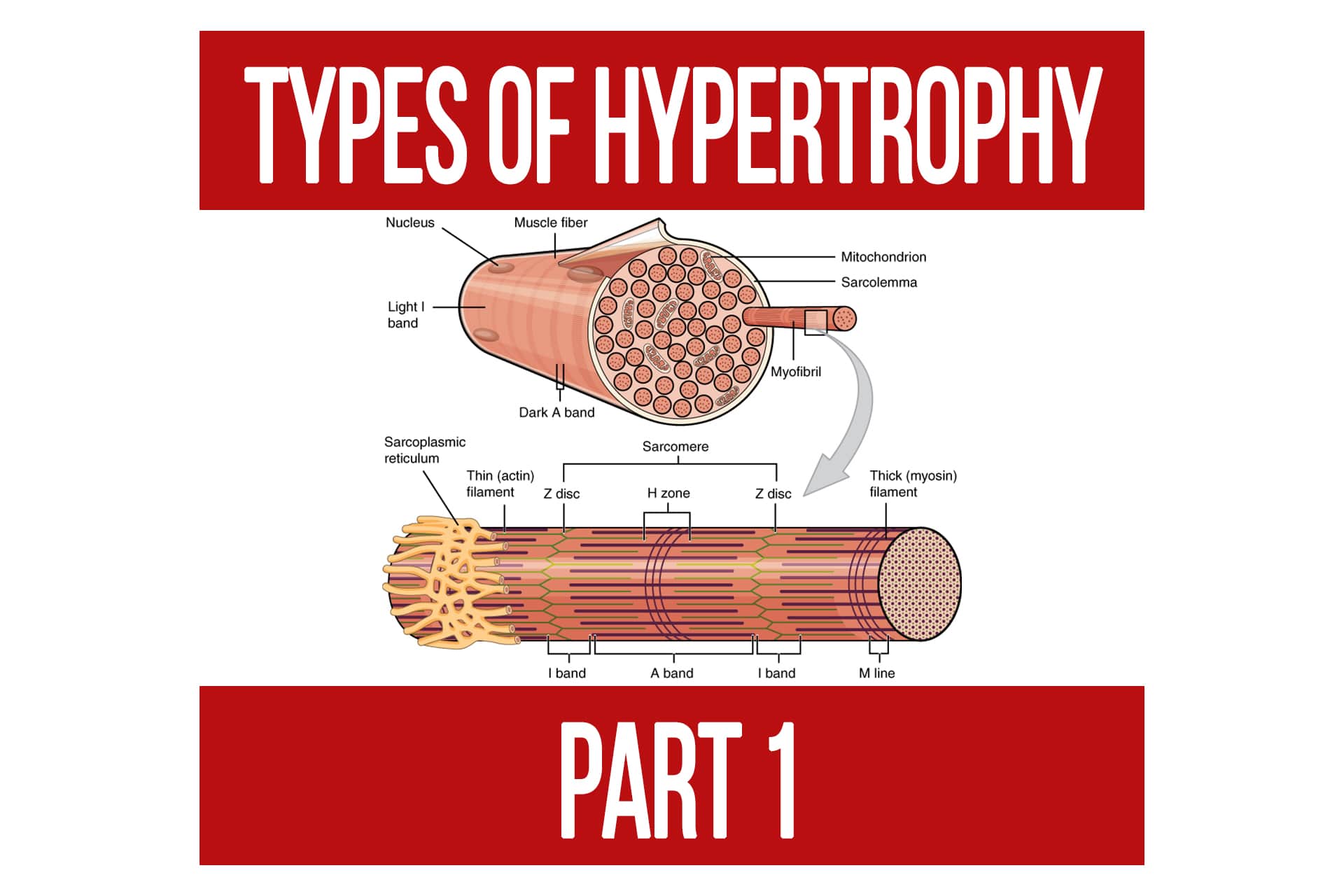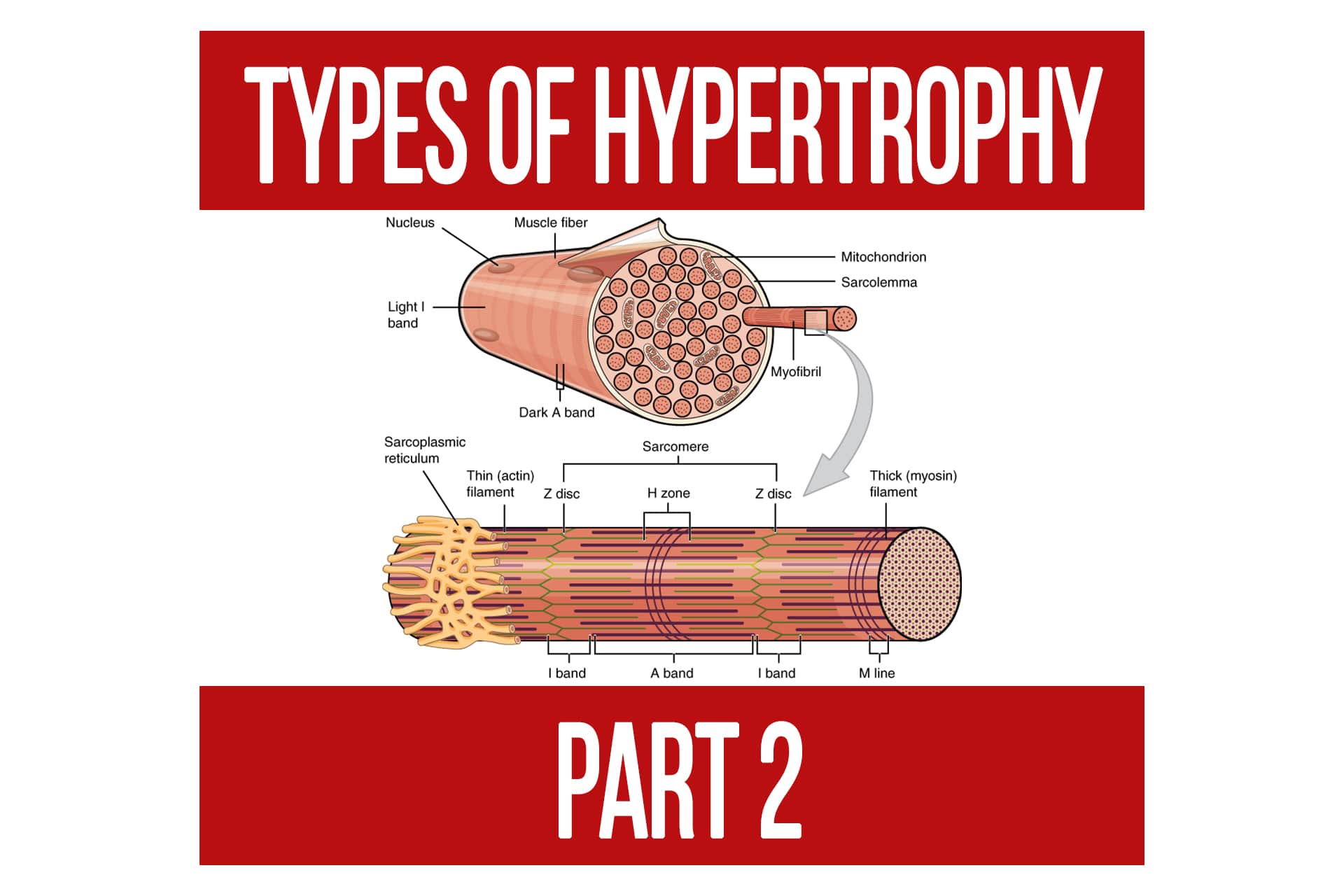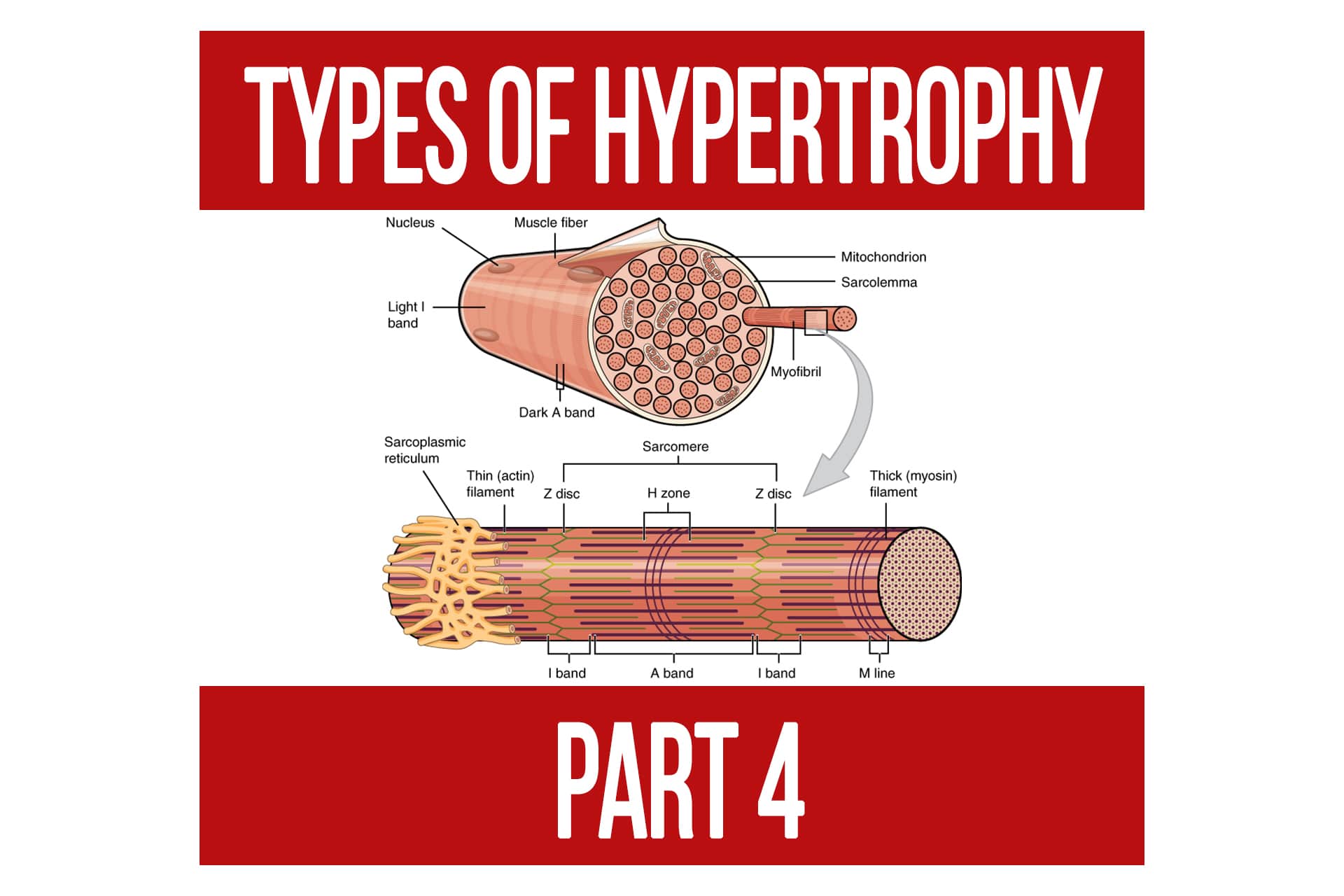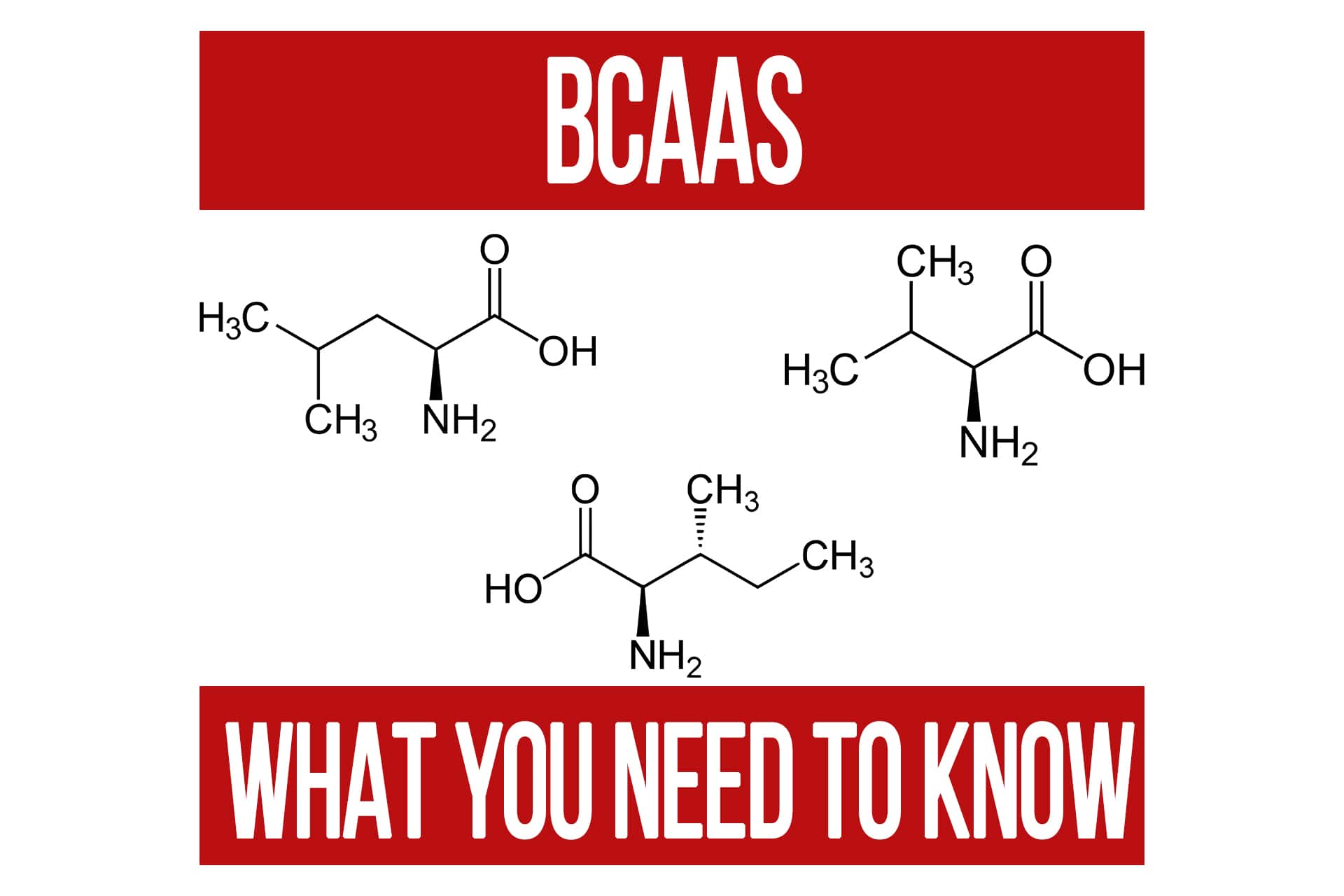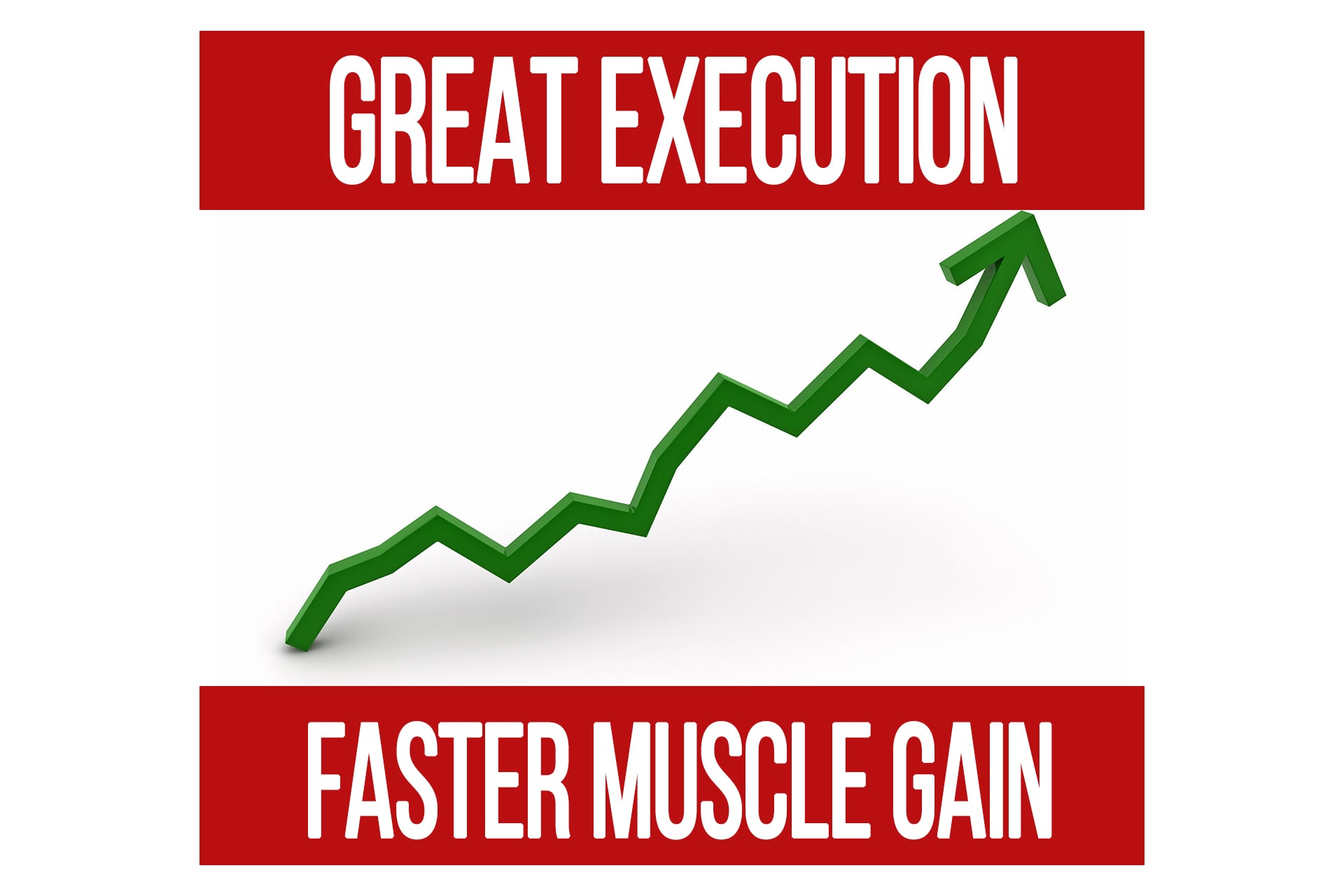Types of Hypertrophy Part 3
n1 training
Summary
Protein synthesis requires much more than just stimulating mTOR or eating enough protein. Here are some of the other requirements for maximizing protein synthesis and building muscle.
Timestamps
0:30 – mTOR and AMPK is not as simple as ON or OFF
2:00 – Factors that influence the magnitude of protein synthesis response
2:50 – Ribosomes’ effect on protein synthesis
4:30 – The amount of calorie surplus required depends on the type of hypertrophy
5:30 – When the minutiae of nutrient timing and specific macros comes in to play
6:45 – Nutrient timing matters most for natural athletes
You Might Be Interested
More Videos
More Articles
BCAAs – Anabolic & Anti-Catabolic
articleBody Composition FREE Hypertrophy Nutrition SupplementationHow Great Execution Makes It Easier to Gain Muscle
articleBody Composition Execution and Technique Foundation FREE Training
Backed by Science, Proven by Results
Popular Pages
Learn & Train With Us
Add N1 Training to your Homescreen!
Add

Please log in to access the menu.
